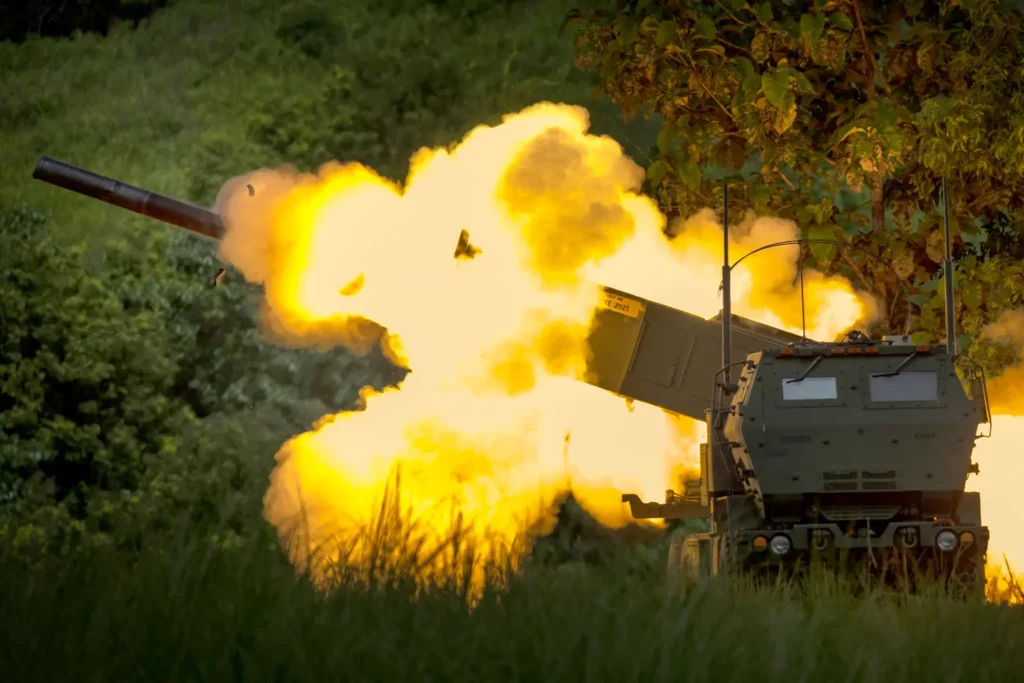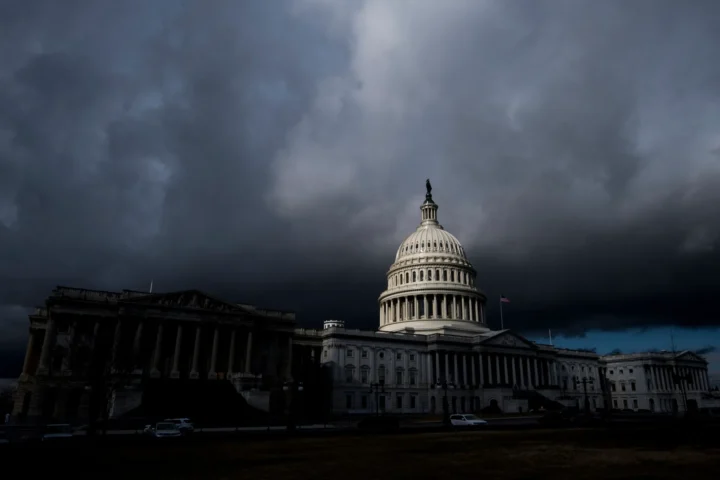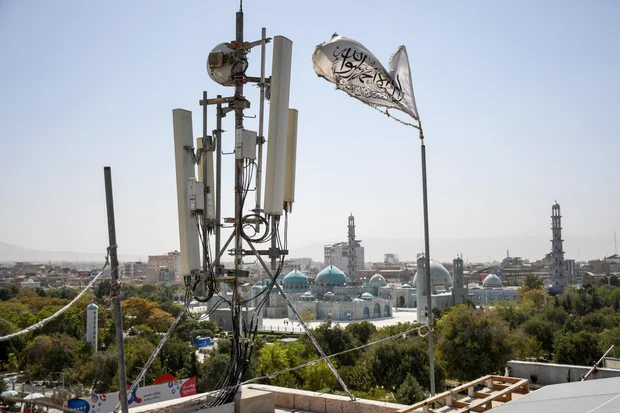The U.S. Air Force is buying two Tesla Cybertrucks—not to drive, but to blow up. New procurement papers show the trucks will be used for live-fire missile tests. Instead of cruising highways, they’ll sit at the end of precision-guided weapons.
The Verge says the tests will happen at White Sands Missile Range in New Mexico. The trucks won’t need working engines, just towable frames with tires and their full, recognizable look. The point is to give missile crews a realistic, modern target.

Why Tesla Cybertrucks?
The Cybertruck’s stainless steel shell, sharp angles, and odd design make it unlike the painted aluminum or steel cars usually tested. Its shape, 48-volt system, and unusual materials might resemble vehicles enemies could use in future wars. Planners want to be sure U.S. weapons can find, track, and destroy non-standard shapes.
U.S. Military Part of a Bigger Plan
This buy is only a small piece of the Special Operations Command’s Standoff Precision Guided Munitions program. The Air Force is picking up 33 vehicles in total—sedans, SUVs, pickups, and even “bongo trucks,” the small flatbeds often seen in Asia and Africa. The variety reflects the belief that tomorrow’s battlefields could feature anything from custom civilian rides to modified work trucks.
Why Train With Them Now
Some military experts think enemy groups or foreign armies might adapt Cybertrucks for war. They’re durable, fast, and good off-road. By blasting them now, the Air Force can see how the frame, shape, and electronics react to direct missile hits. This also helps fine-tune AI-guided weapons that rely on image Recognition.
From Shiny Showroom to Target Range
Tesla unveiled the Cybertruck in 2019, pitching it as tough and futuristic. The “armored glass” demo famously cracked on stage, but the truck still drew attention. Now, instead of proving itself in weekend camping trips, it’ll face the ultimate durability test: complete destruction.
Money and Setup
The Air Force hasn’t said what it will pay, but retail models start around $60,990. Because these won’t need to run, they might buy damaged ones for less. The trucks will be set up at White Sands with other targets, then hit with small precision bombs and standoff missiles. The goal: gather data on how well weapons handle oddball targets.
A Sign of the Times
Analysts say this shows how civilian tech and military needs are blending. It’s not the first time the military has blown up civilian vehicles, but it might be the first for a big-name electric truck tied to a celebrity CEO.
What’s Next
The first trucks could arrive in months. Tests will record video, telemetry, and material data to improve future weapons. For Tesla, this could boost its “tough” image—or just remind people its cars make good targets.
In the end, it’s about more than smashing expensive trucks. It’s about getting ready for a future where anything—no matter how strange or stylish—could roll onto a battlefield.








